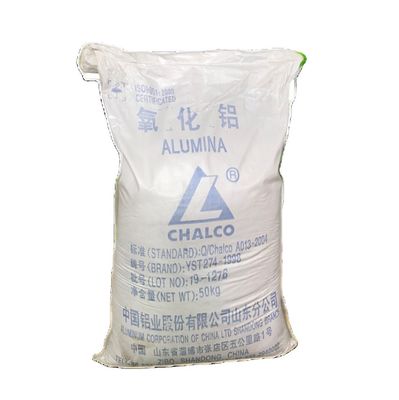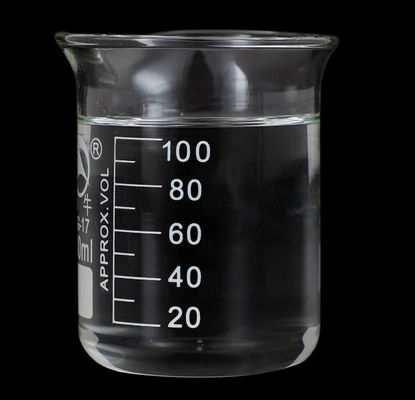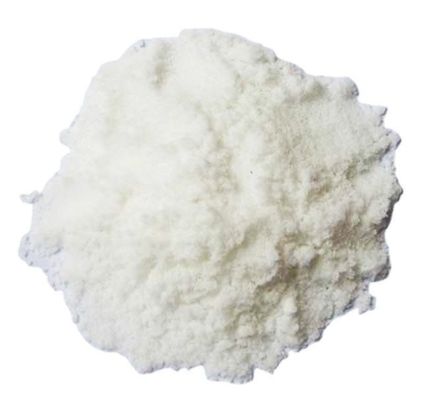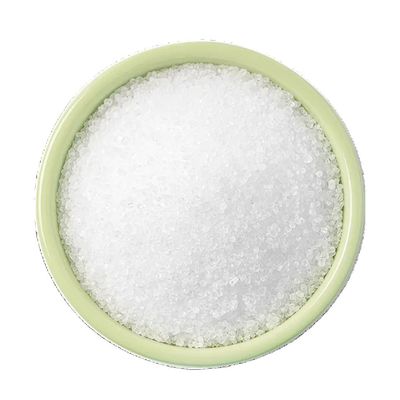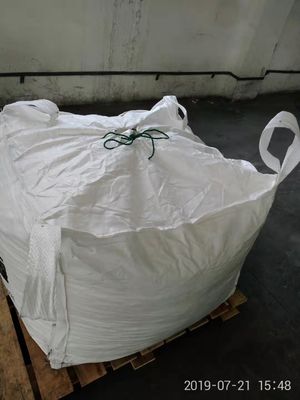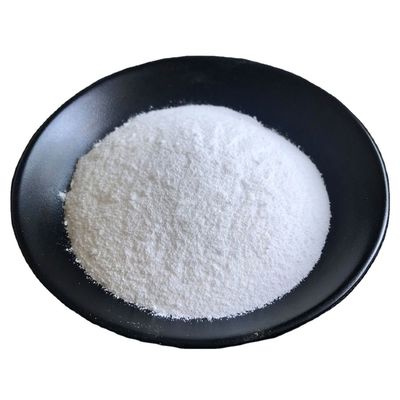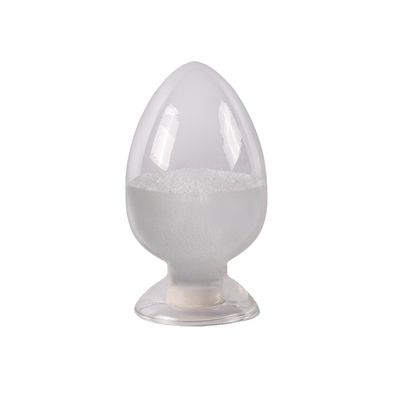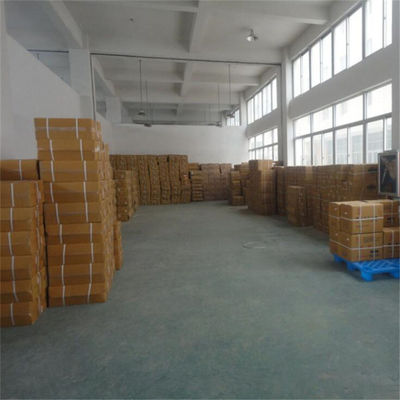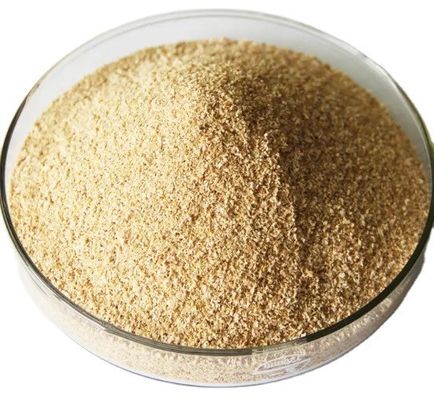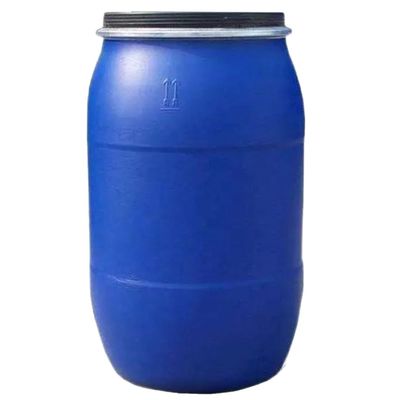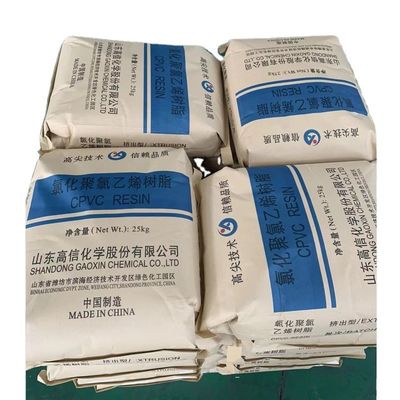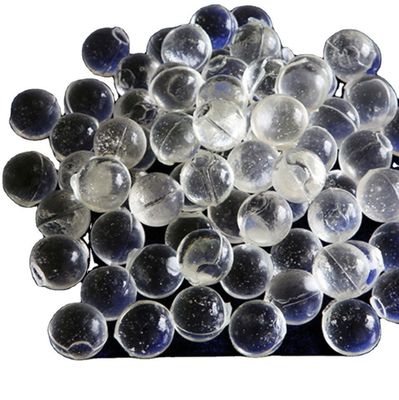Polyvinyl chloride (PVC) is the third most produced synthetic polymer plastic in the world (after polyethylene and polypropylene), producing approximately 40 million tons of PVC per year. PVC is a polymer of vinyl chloride monomer (VCM) polymerized in peroxide, azo compound and other initiators or under the action of light and heat according to free radical polymerization reaction mechanism. Vinyl chloride homopolymer and vinyl chloride copolymer are called vinyl chloride resin.
|
|
Polyvinyl Chloride Resin S700 S1000
|
|
|
|
|
|
|
|
|
|
|
|
|
Physical and
chemical properties
|
100ml cyclohexanone contains 0.5g resin in dilute solution viscosity 80-160ml/ g, 100g resin absorbs 20-30 grams of plasticizer at room temperature.
|
|
|
It can be used to produce soft films, artificial leather, sheets, pipes, profiles, corrugated pipes, cable protection tubes,packaging films, hoses, shoe soles and various soft sundries.
|

































PVC was once the world's largest production of general purpose plastic, the application is very wide. PVC has two types: hard (sometimes abbreviated as RPVC) and soft. Rigid polyvinyl chloride is used for construction pipes, doors and Windows. It is also used to make plastic bottles, packaging, bank cards or membership cards. Adding plasticizers can make PVC softer and more flexible. It can be used for plumbing, cable insulation, flooring, signage, phonograph records, inflatable products and rubber substitutes.
PVC is a white powder with amorphous structure, small branching degree, glass transition temperature 77~90 ° C, 170 ° C or so began to decompose [1], poor stability of light and heat, above 100 ° C or after a long time of sunlight exposure, it will decompose and produce hydrogen chloride, and further automatic catalytic decomposition, causing discoloration, physical and mechanical properties are also rapidly declining, In practical applications, stabilizers must be added to improve the stability of heat and light. The molecular weight of industrial PVC is generally in the range of 50,000 ~ 110,000, with a large polydispersity, molecular weight increases with the decrease of polymerization temperature, there is no fixed melting point, 80 ~ 85 ° C begins to soften, 130 ° C becomes viscoelastic state, 160 ~ 180 ° C begins to change into viscoelastic state; It has good mechanical properties, tensile strength about 60 MPa, impact strength 5 ~ 10kJ/m2; It has excellent dielectric properties. PVC is insoluble in common solvents, but will expand in monomers and some chlorinated hydrocarbon solvents
According to the different application scope, PVC can be divided into: universal PVC resin, high polymerization degree PVC resin, cross-linked PVC resin. General purpose PVC resin is formed by polymerization of vinyl chloride monomer under the action of initiator; High polymerization degree PVC resin refers to the resin which is polymerized by adding chain growth agent in the polymerization system of vinyl chloride monomer; Crosslinked PVC resin is a resin which is polymerized by adding crosslinker containing diene and polyene into vinyl chloride monomer polymerization system. According to the method of obtaining vinyl chloride monomer, it can be divided into calcium carbide method, ethylene method and imported (EDC, VCM) monomer method (customary ethylene method and imported monomer method are called ethylene method). According to the polymerization method, PVC can be divided into four categories: suspension polyvinyl chloride, emulsion polyvinyl chloride, bulk polyvinyl chloride and solution polyvinyl chloride. Suspension polyvinyl chloride is the largest variety of production, accounting for about 80% of the total production of PVC. Suspension polyvinyl chloride is divided into six models according to absolute viscosity: XS-1, XS-2... XS-6; XJ-1, XJ-2... , XJ-6. The meaning of each letter in the model: X-suspension method; S-loose type; J-compact type. According to the plasticizer content, PVC plastic is often divided into: no plasticizer PVC, plasticizer content is 0; Rigid PVC, plasticizer content is less than 10%; Semi-rigid PVC, plasticizer content is 10-30%; Soft PVC, plasticizer content is 30-70%; Polyvinyl chloride paste plastic, plasticizer content of more than 80%.



 Your message must be between 20-3,000 characters!
Your message must be between 20-3,000 characters! Please check your E-mail!
Please check your E-mail!  Your message must be between 20-3,000 characters!
Your message must be between 20-3,000 characters! Please check your E-mail!
Please check your E-mail! 
